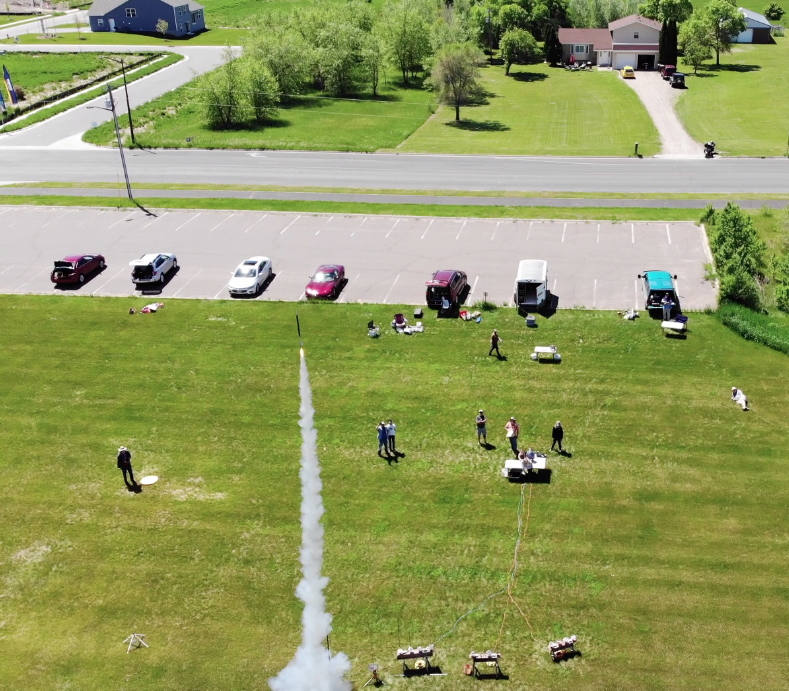- Joined
- Jan 17, 2009
- Messages
- 5,204
- Reaction score
- 1,547
No, that IS CRAZY. Any encouragement I might have given you on building this has totally disappeared now that you say it is for illegally being used to aim at TARGETS (anti-drone).Sadly nothing crazy like everyone else's. Only flying a few feet. Will be a fun low cost anti drone platform hence the temporary nickname "Interceptor"
You'll not only be breaking hobby safety codes, but NFPA and Federal laws by trying to TARGET and hit an aircraft.
Of course, I expect your claim to be empty bragging. By what means would such an illegal missile detect and know where to steer itself and home in on a vehicle in the air?
BTW , I own and fly several quadcopters. if anyone "shot down" one of my models, I'd sic the FAA on their butt for attacking an FAA registered AIRCRAFT (that's the one upside of the FAA regulatory overstepping). Screenshot from a recent launch.





